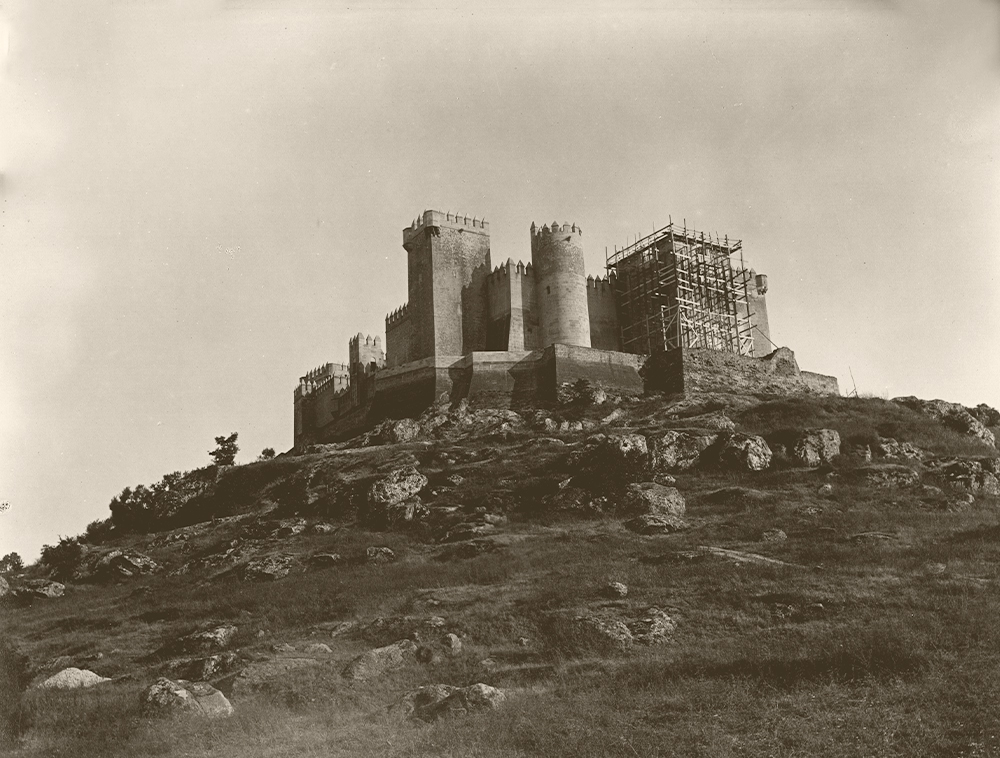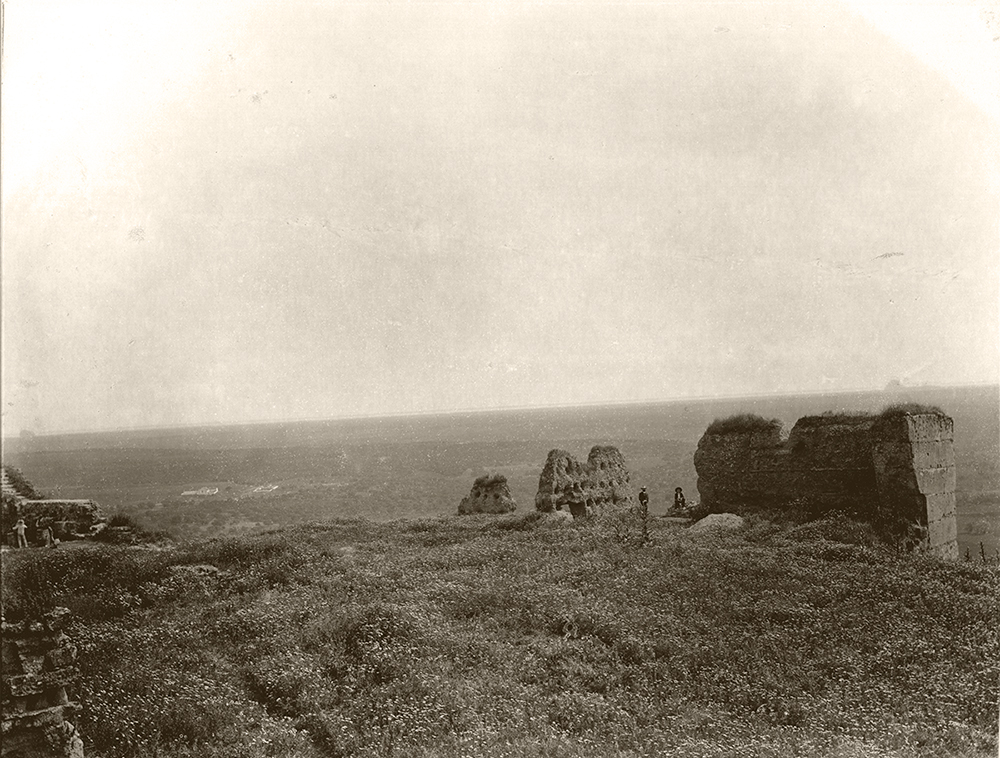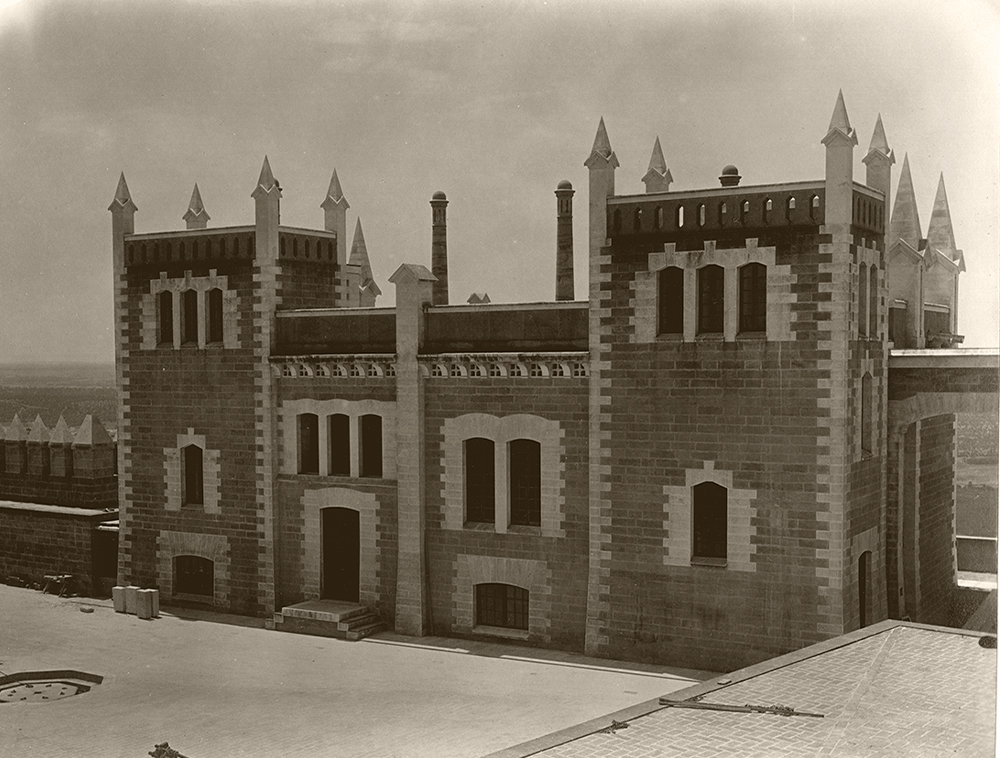Lunes a viernes de 11:00 a 14:30 y de 16:00 a 19:00 — Fines de semana y festivos de 11:00 a 19:00
Castle History

More than thirteen centuries of the
Castle of Almodóvar
More than thirteen centuries of Almodóvar Castle
Discover the origins and history of one of Spain’s most magnificent fortresses, of Arab origin, built around 740 in the village of Almodóvar del Río, located in the province of Córdoba
The village of Almodóvar del Río, located in the province of Córdoba, played an important role in the defence of the city due to its strategic location on a hill some 252 metres high next to the River Guadalquivir, which was navigable by small boats at that time. Traces of multiple cultures, including Muslim and Christian, have left their mark on the architectural style of this unique building. In the 9th century, Almodóvar del Río was known as Almudawar Al-Adna. During the 10th century, it was closely linked to the Caliphate of Córdoba, before becoming part of the Taifa of Carmona in the 11th and 12th centuries, then the Taifa of Seville, and finally the Almohad Empire.
The Moorish King Abed Mohammed of Baeza died at the gates of the castle in 1226, the year in which the fortress fell into Christian hands when it was surrendered to Fernando III ‘The Saint’. Since then, the castle has undergone successive extensions by the Castilian kings Pedro I of Castile and Henry II of Trastámara. King Alfonso XI also took part in these extensions.
Almodóvar Castle has witnessed many events throughout its history. Its walls served as a prison for Doña Juana de Lara (wife of Infante D. Tello, half-brother of King Pedro I) and as a repository for the treasures of Castilla, while its dungeons witnessed the agony of illustrious prisoners such as the 1st Duke of Benavente.
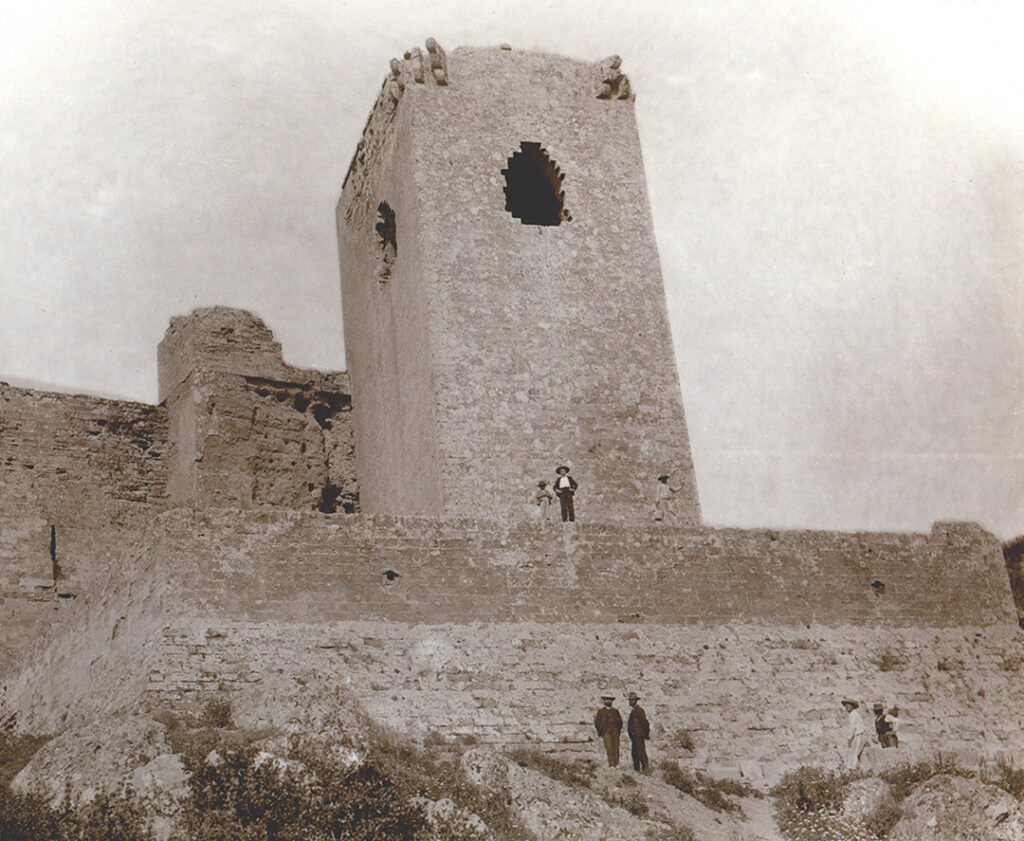
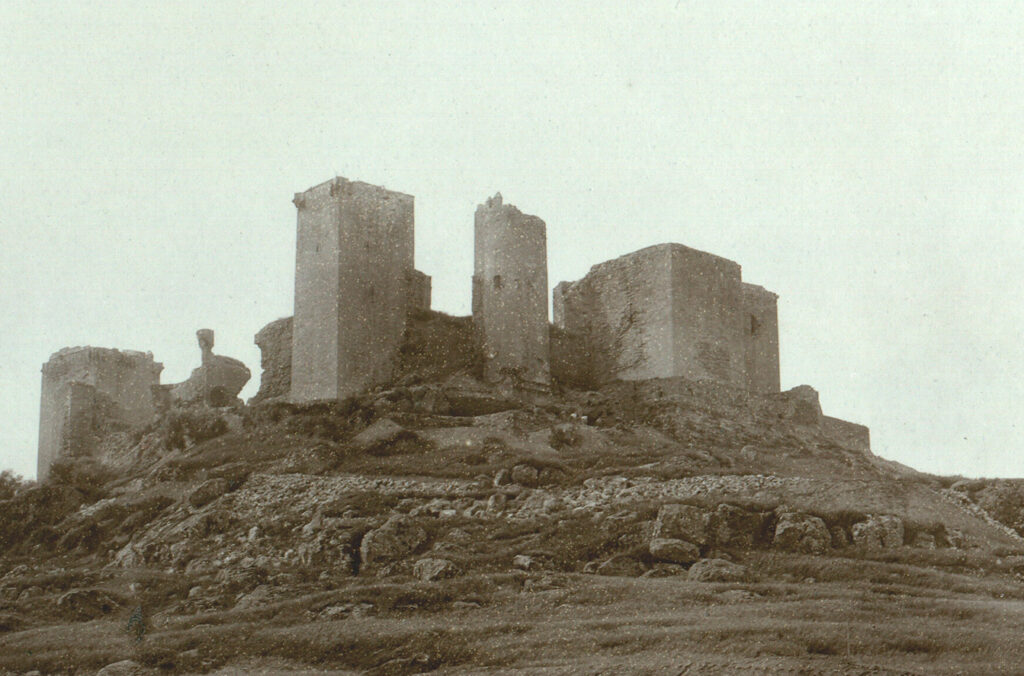
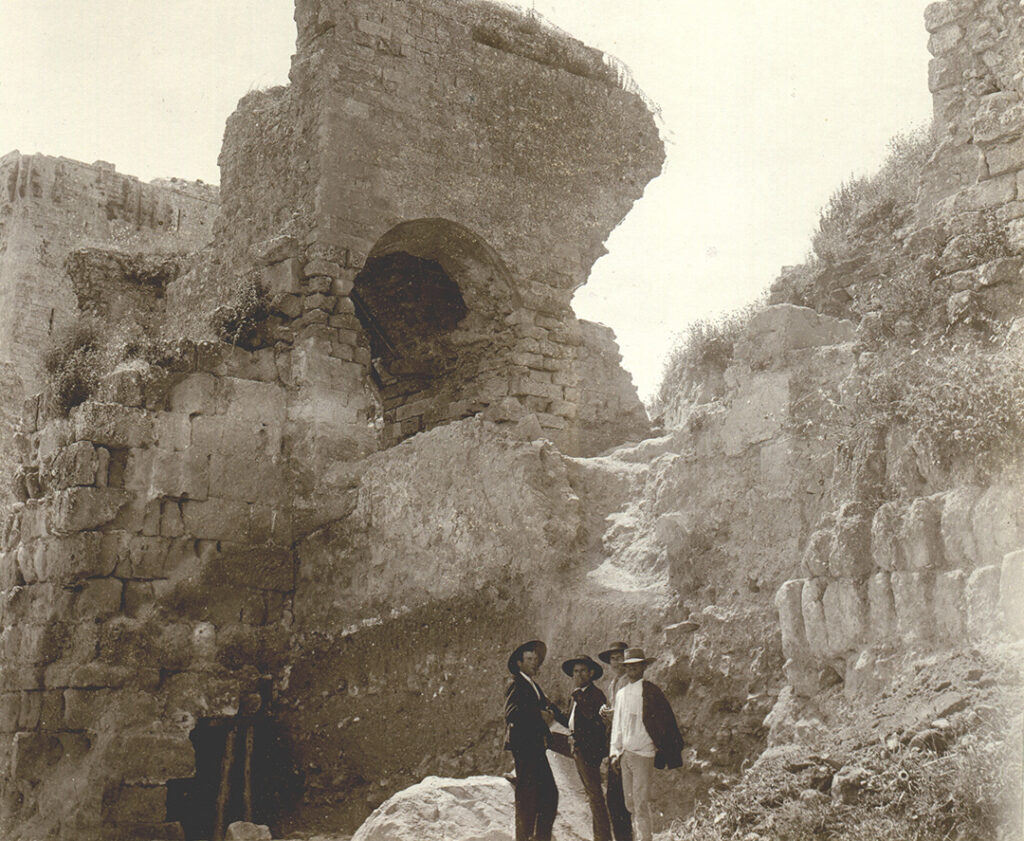
12th Count of Torralva: Mr Rafael
Desmaissieres y Farina, owner and
restorer of Almodóvar Castle
Mr Rafael Desmaissières y Farina, son of the 8th Marquises of La Motilla, Mr Miguel Ángel Desmaissières y Fernández de Santillán and Mrs Josefa Farina Plasencia, was born in 1853 and inherited the County of Torralva at the age of 29, becoming the 12th count to hold the title.
His curiosity and restlessness led him to travel around the world at that time, visiting destinations such as New York City and countries such as Japan, about which he made countless notes in his travel journals, as well as taking photographs of every corner. He also acquired completely novel artefacts of the time, such as a velocipede, and all those inventions that aroused his constant interest. With his varied interests, he organised the first rowing club on the Guadalquivir River, which he alternated with the theatre.
At the end of the 19th century, the Count of Torralva made his first visits to the Almodóvar fortress together with his good friend and prestigious architect, Mr. Adolfo Fernández Casanova. Impressed by the deterioration and state of ruin of this marvellous fortress, and aware of its importance as part of the history of Andalusia and Spain, they decided to undertake the biggest project of their lives, to which they would devote all their time and money to restore it to the impressive monument that today crowns the watchtower of the municipality of Almodóvar del Río.
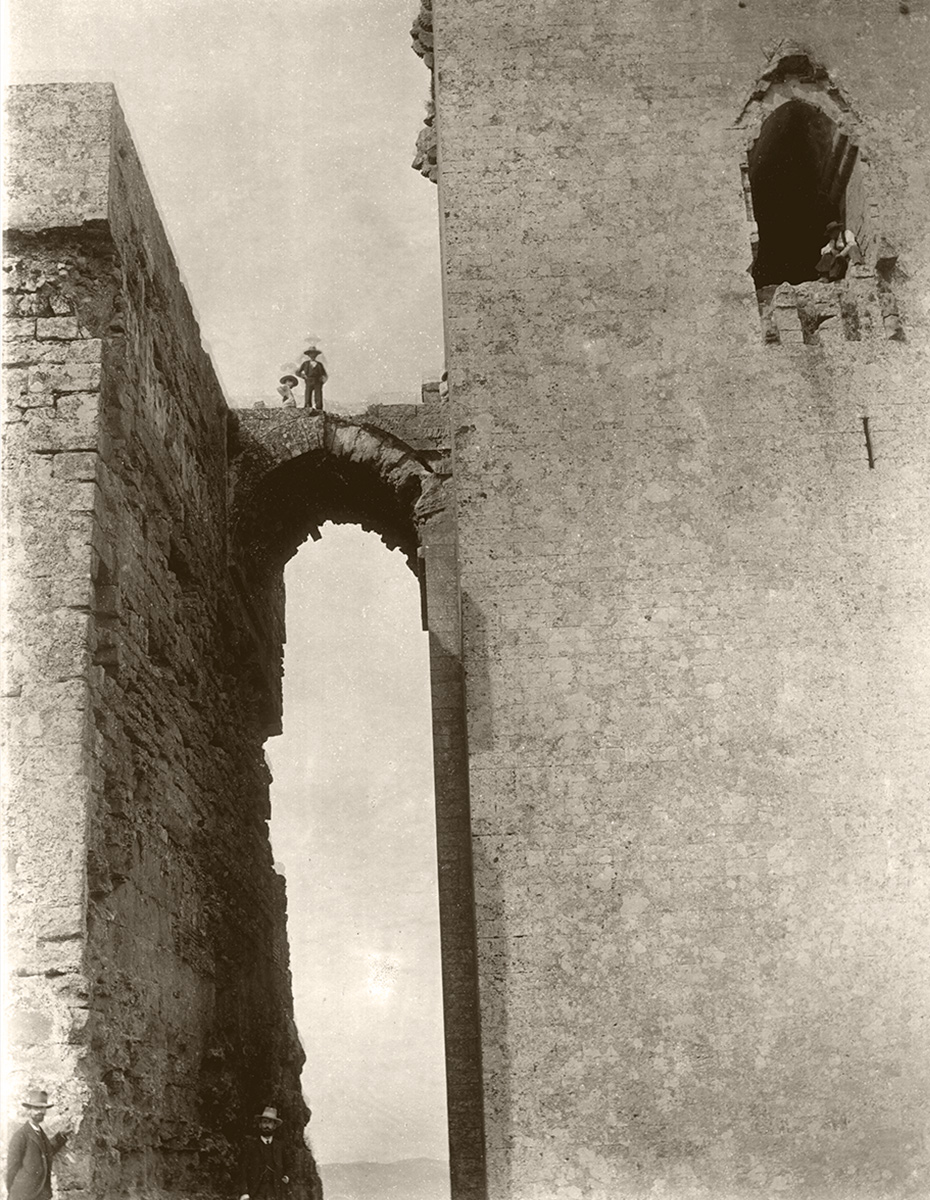
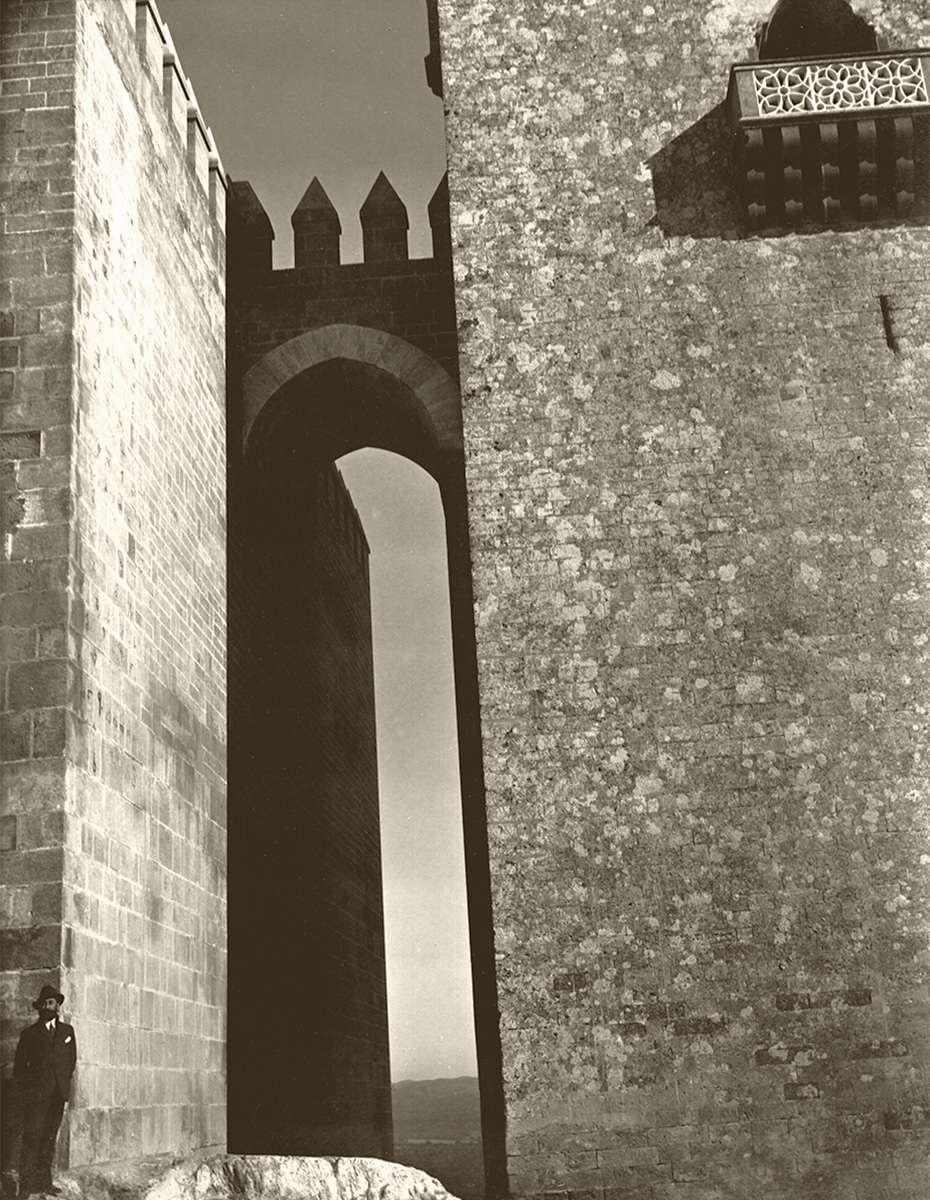
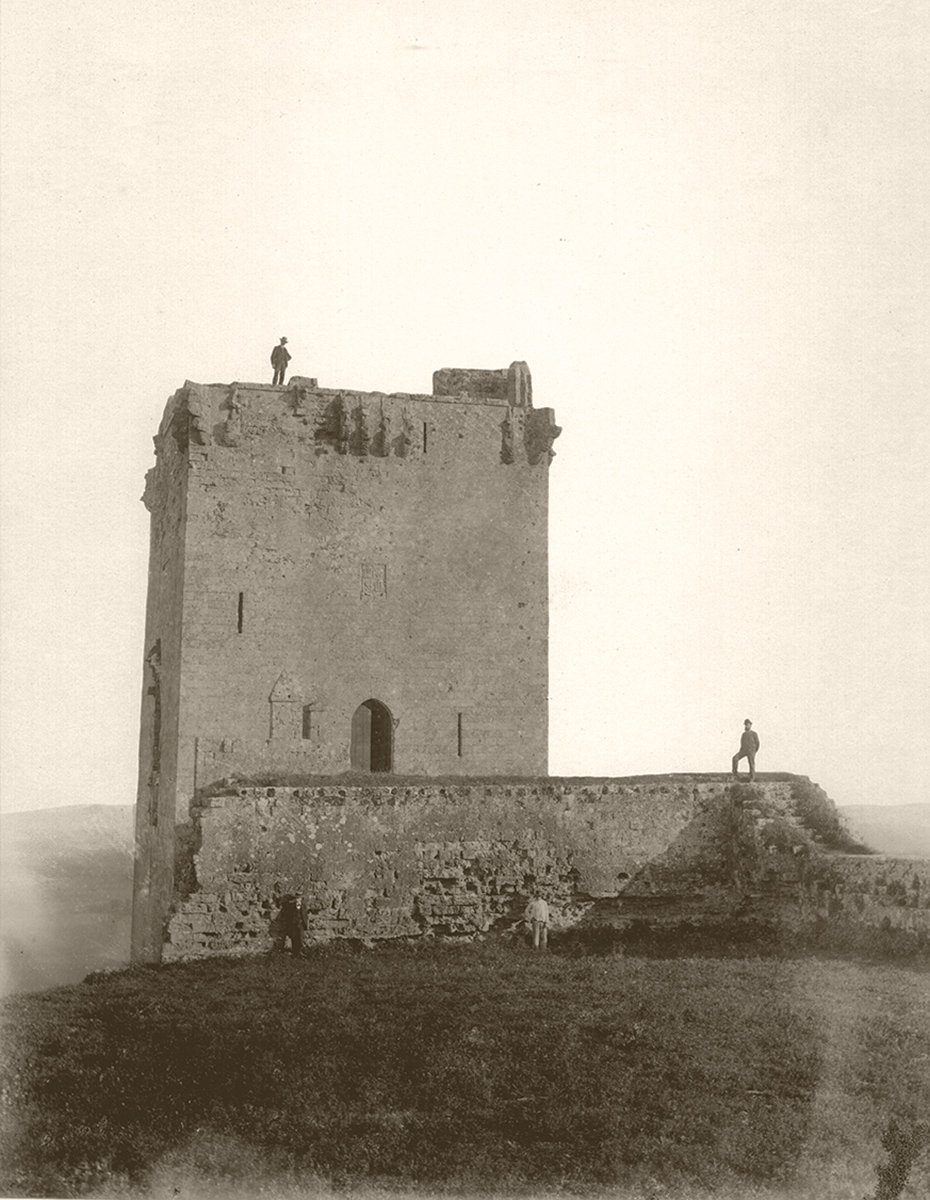
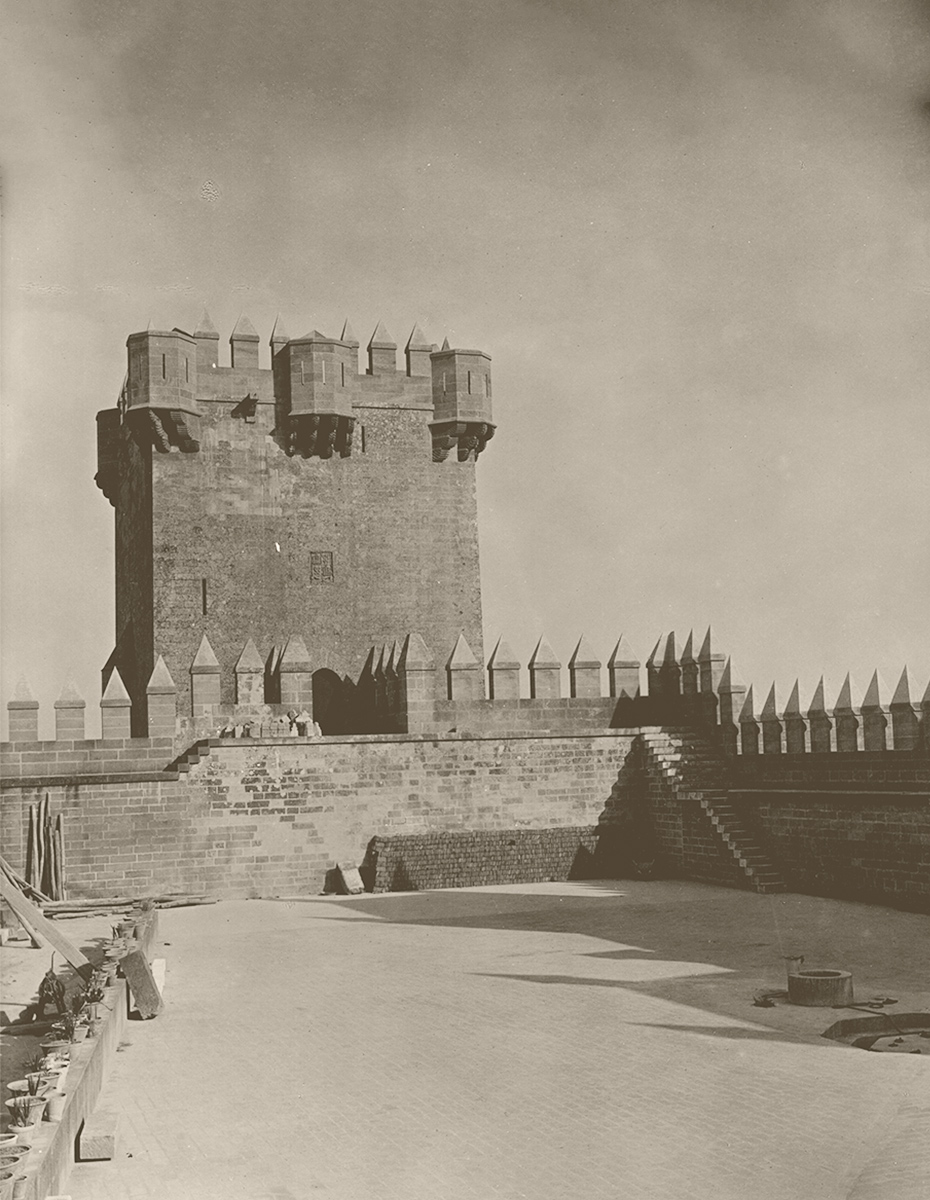


Work began in 1901. The first steps involved constructing a road using drills and dynamite, as the castle had no access route. This was the first step in moving the enormous blocks of stone that would be used to restore the walls, battlements and towers. Around 6,000 m3 of stone from different quarries was used throughout the restoration. Thus began the work that would last until the outbreak of the Spanish Civil War. Some 800 workers worked to rebuild this monument over a period of 36 years. Despite the economic crisis the country was experiencing, the First World War and the continuous political changes, the Count of Torralva provided many years of economic stability to the town of Almodóvar during the reconstruction period through the almost 240,000 days of work that were invested in the works. For more than a quarter of a century, almost the entire town of Almodóvar participated in the reconstruction and recovery of the province’s heritage and history.
Unfortunately, neither the architect of the project, Adolfo Fernández Casanova, nor the Count of Torralva himself would see their project completed, as they died in 1914 and 1932 respectively. The Count of Torralva could hardly have imagined the significance of his work, and that it would attract numerous visitors from Spain and around the world, once again giving the town of Almodóvar the prominence it enjoys to this day.
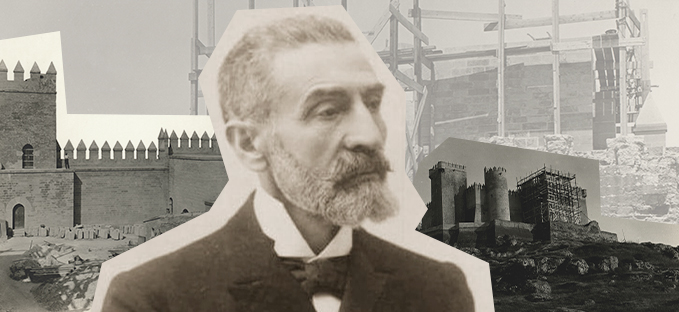
Mr Adolfo Fernández
Casanova:
Architect of the
reconstruction of
Almodóvar Castle
Mr Adolfo Fernández Casanova: Architect of the reconstruction of Almodóvar Castle
Adolfo Fernández Casanova, architect of the reconstruction of Almodóvar Castle, was born in Pamplona on 14 January 1844 and died on 11 August 1915. Among his main architectural works was the restoration of Seville Cathedral. The architect’s work and technical expertise, together with that of the Count of Torralva, played a key role in the restoration of Almodóvar Castle. Without their knowledge, it would not have been possible to restore this impressive work of military architecture.

